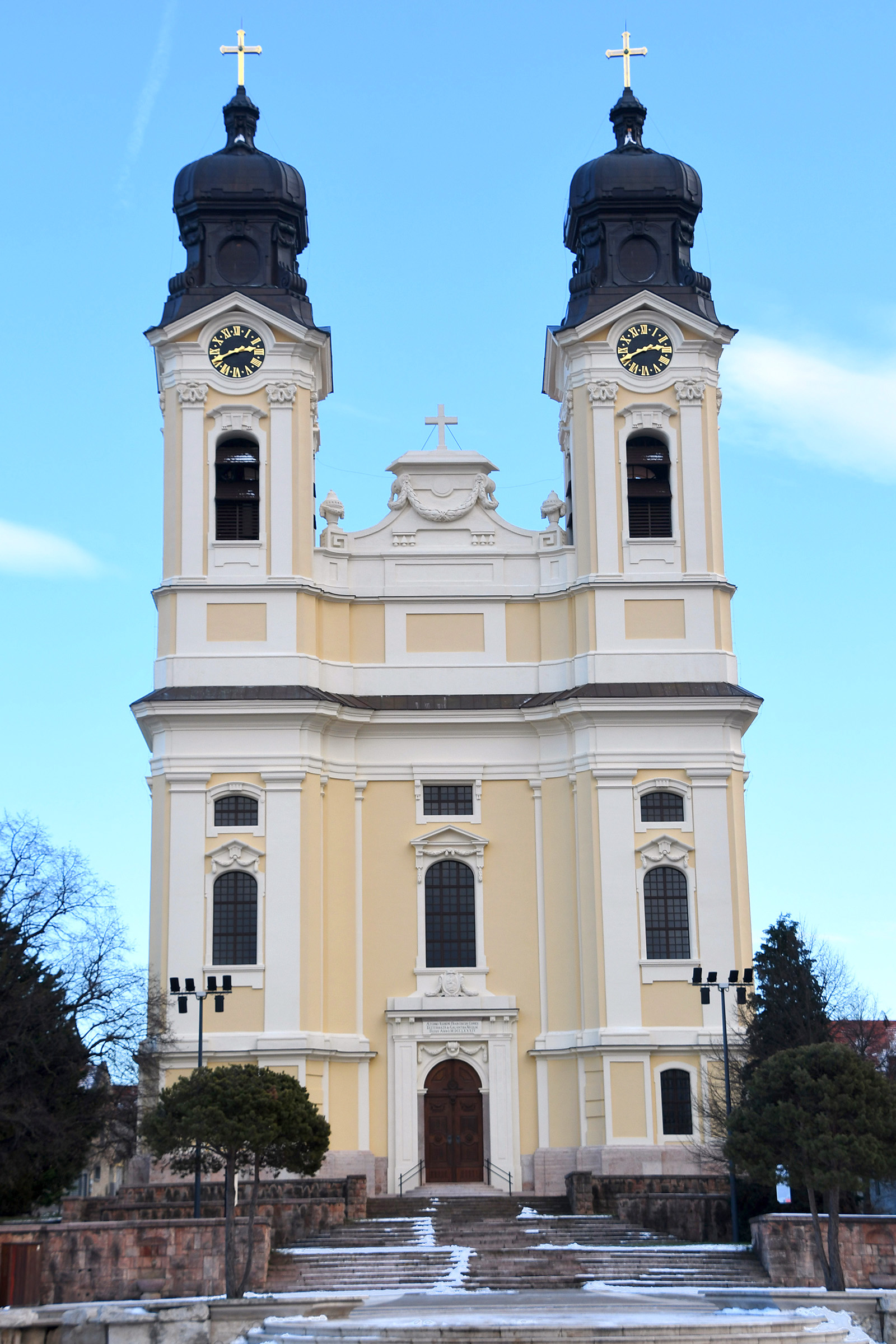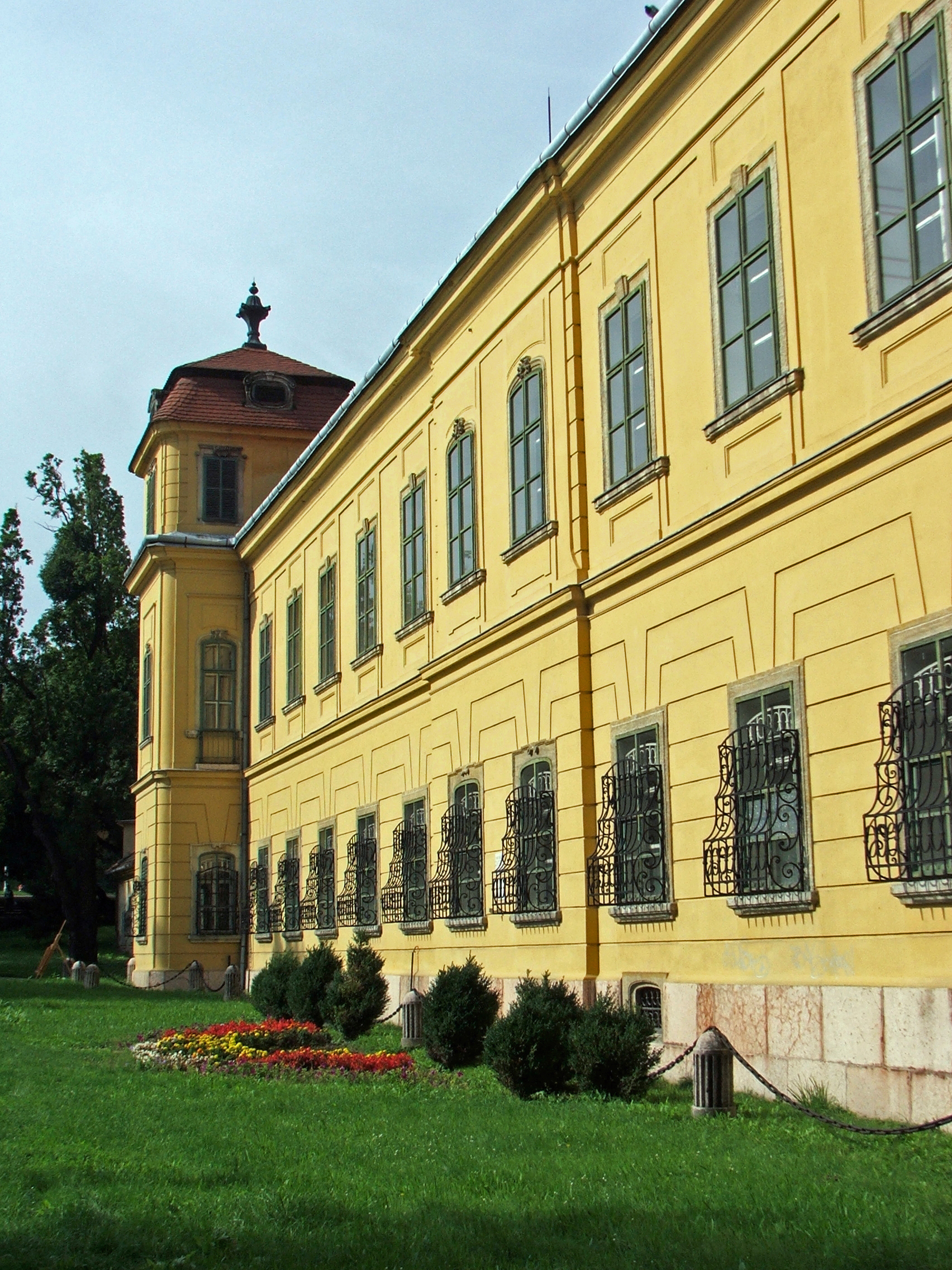Tata (Hungary) on:
[Wikipedia]
[Google]
[Amazon]



 Tata (german: Totis; la, Dotis) is a town in Komárom-Esztergom County, northwestern Hungary, northwest of the county town Tatabánya.
Tata (german: Totis; la, Dotis) is a town in Komárom-Esztergom County, northwestern Hungary, northwest of the county town Tatabánya.


 Tata (german: Totis; la, Dotis) is a town in Komárom-Esztergom County, northwestern Hungary, northwest of the county town Tatabánya.
Tata (german: Totis; la, Dotis) is a town in Komárom-Esztergom County, northwestern Hungary, northwest of the county town Tatabánya.
Location
Tata is located in the valley between the Gerecse Mountains andVértes Mountains Vertes, Vértes or Vertès may refer to:
*Eva Vertes (born 1985), American cancer researcher
*Marcel Vertès (1895–1961), Hungarian costume designer
*Vértes Hills, mountain range in Hungary
**Battle of Vértes, 1051
*Les Négresses Vertes
Le ...
, some from Budapest, the Hungarian capital city. By virtue of its location, it is a railway and road junction. Motorway M1 (E60, E75) from Vienna to Budapest passes through the outer city limits, and the railway line Budapest–Vienna goes through the city.
Demographics
According to the 2001 census, the town has 23,937 inhabitants: 93.3% Hungarians, 1.6% Germans, 0.6% Roma, 0.2% Slovaks and 6.5% other.History
The area has been inhabited since prehistoric times; archaeological findings date back to 50,000 BCE. Later it was a Roman settlement. The first known mention of Tata is from 1221. Its name may come from the name of Lombard king Tato. Its castle was built by theLackfi family
The Lackfi, Laczkfi or Laczkfy ( hr, Lacković / ''Laczkovich'') was a noble family from Kingdom of Hungary and Croatia, which governed parts of Transylvania (as Count of the Székelys) and held the title of Voivode of Transylvania in the 14th cent ...
and had its prime under Matthias Corvinus, who had it rebuilt in a Renaissance style.
In 1526 when the disastrous battle with the Turks happened and Louis II died in the battlefield, Count György Cseszneky was the castellan
A castellan is the title used in Medieval Europe for an appointed official, a governor of a castle and its surrounding territory referred to as the castellany. The title of ''governor'' is retained in the English prison system, as a remnant o ...
of the Castle Tata. The plundering Ottoman army ransacked the area, but Cseszneky successfully defended the castle.
During the Ottoman occupation, the castle of Tata was an important fortress. It was captured in 1543 by the Turks. During this period the castle had many different owners until it was burned down by the Habsburgs
The House of Habsburg (), alternatively spelled Hapsburg in Englishgerman: Haus Habsburg, ; es, Casa de Habsburgo; hu, Habsburg család, it, Casa di Asburgo, nl, Huis van Habsburg, pl, dom Habsburgów, pt, Casa de Habsburgo, la, Domus Hab ...
in retaliation for the Rákóczi's War of Independence
Rákóczi's War of Independence (1703–11) was the first significant attempt to topple the rule of the Habsburgs over Hungary. The war was conducted by a group of noblemen, wealthy and high-ranking progressives and was led by Francis II Rákó ...
.
In 1727, Count József Esterházy bought Tata and the surrounding villages. The town prospered, in 1765 it already had a secondary school
A secondary school describes an institution that provides secondary education and also usually includes the building where this takes place. Some secondary schools provide both '' secondary education, lower secondary education'' (ages 11 to 14) ...
.
According to the article in the Pallas Lexicon about Tata in 1851, the town was a "pretty and developing village in the Tata district of Komárom comitatus; 895 buildings, 6925 mostly Hungarian residents (3633 Roman Catholics, 2518 Lutherans and 673 Israelites), centre of the district, with secondary school, railway station, post office. Tata and the adjoining village Tóváros (4257 residents) are built around a large lake, Tata on the hillside, and Tóváros on the plain. Between them, there are the Esterházy mansion and an old castle with an archive and a gallery which included a painting of Leonardo da Vinci. The theatre was built in 1889. The mansion is surrounded by the beautiful English garden (140 hectares)."
In 1938, the village of Tóváros was annexed to Tata. So thus, the city was renamed ''Tatatóváros'' but only for a short while; one year later, it was named Tata again.
During World War II, Tata was captured by Soviet troops of the 2nd Ukrainian Front
The 2nd Ukrainian Front (2-й Украинский фронт), was a front of the Red Army during the Second World War.
History
On October 20, 1943 the Steppe Front was renamed the 2nd Ukrainian Front.
During the Second Jassy–Kishinev O ...
on 19 March 1945 during the course of the Vienna Offensive.
Tata was granted town status in 1954.
Main sights
* Castle next to the Öreg-tó (Old Lake) * The Esterházy Palace * Heroes' Square with World War I monument and synagogue * Kossuth Square with town hall * The parish church of Tata * The Capuchin church * Calvary Hill * Lookout tower * Water mills * Belfry * The English Park * False ruins * Fényes Bath * Turkish MescidNotable people
* Móric Fischer de Farkasházy (1799–1880), porcelain-manufacturer, one of the founders of theHerend Porcelain
The Herend Porcelain Manufactory (Hungarian language, Hungarian: ''Herendi Porcelánmanufaktúra Zrt.'') is a Hungarian manufacturing company, specializing in luxury hand painted and gilded porcelain. Founded in 1826, it is based in the town of ...
manufactory in 1839
*Csilla Földi
Csilla Földi (born 25 August 1968) is a retired Hungarian weightlifter who was active between 1987 and 2000. She won eight medals at the European championships, including five golds in 1989–1993. Her father Imre Földi
Imre Földi (; 8 ...
(born 1968), retired weightlifter
*Lívia Járóka
Lívia Járóka (born 6 October 1974, in Tata) is a Hungarian politician. She is a Member of the European Parliament, first elected as part of the Fidesz list in 2004. Járóka is the second Romani (and the first Romani woman) ever elected to th ...
(born 1974), politician ( Fidesz), first Romani woman to be elected to the European Parliament
*Dávid Korányi
Dávid Korányi is a chief advisor of city diplomacy for Gergely Karácsony, the mayor of Budapest. Prior to that he was a director of the Atlantic Council's Eurasian Energy Futures Initiative and deputy director of the Atlantic Council's Dinu P ...
, political adviser
*Dóra Lőwy
Dóra Lőwy (born June 28, 1977) is a Hungarian former handball player and Olympic medalist. She received a silver medal at the 2000 Summer Olympics in Sydney with the Hungarian national team.Joci Pápai (born 1981), singer, representative for Hungary at
Lonely Planet, 2009, p. 159-162
Tata photo galleryTata at funiq.hu
{{Authority control Populated places in Komárom-Esztergom County Hungarian German communities
Eurovision
The Eurovision Song Contest (), sometimes abbreviated to ESC and often known simply as Eurovision, is an international songwriting competition organised annually by the European Broadcasting Union (EBU), featuring participants representing pr ...
in and
*Zsófia Tóth
Zsófia Tóth (born 25 December 1989 in Tata), also Zsófi, is a Hungarian professional triathlete, several times National Champion in various categories, number 2 in the national elite'' Ranglista'' and the 2011 National Vice Champion. Sinc ...
(born 1989), triathlete
*Slavko Wolf
Dr. Slavko Wolf (born Samuel Wolf, yi, שְׁמוּאֵל װאָלףֿ; 26 December 1862 7 November, 1936) was a Croatian lawyer, chess player and writer.
Wolf was born on 26 December 1862 in Tata, in Komárom-Esztergom County of the Kingdom of ...
(1862–1936), Croatian lawyer, chess player and writer.
* Zoltan Bathory (Born 1978), founder and rhythm guitarist of Five Finger Death Punch.
Twin towns – sister cities
Tata istwinned
Twinning (making a twin of) may refer to:
* In biology and agriculture, producing two offspring (i.e., twins) at a time, or having a tendency to do so;
* Twin towns and sister cities, towns and cities involved in town twinning
* Twinning inst ...
with:
* Alkmaar
Alkmaar () is a city and municipality in the Netherlands, located in the province of North Holland, about 30 km north of Amsterdam. Alkmaar is well known for its traditional cheese market. For tourists, it is a popular cultural destination. The ...
, Netherlands (1985)
* Gerlingen, Germany (1987)
* Dammarie-lès-Lys, France (1993)
* Arenzano
Arenzano (local lij, Rensën) is a coastal town and ''comune'' in the Metropolitan City of Genoa, Liguria, northern Italy, facing the Ligurian Sea. , it has a population of 11,445. This varies during the holiday seasons due to tourist flow.
There ...
, Italy (1994)
* Svodín
Svodín ( hu, Szőgyén) is a village and municipality in the Nové Zámky District in the Nitra Region of south-west Slovakia.
Geography
The municipality lies at an altitude of 202 metres and covers an area of 53.606 km2.
History
In histor ...
, Slovakia (1997)
* Montebelluna, Italy (2000)
* Sovata, Romania (2002)
* Pińczów, Poland (2004)
* Bystřice, Czech Republic
* Kanjiža, Serbia
References
Notes
*Neal Bedford and Lisa DunfordLonely Planet, 2009, p. 159-162
External links
* in HungarianTata photo gallery
{{Authority control Populated places in Komárom-Esztergom County Hungarian German communities